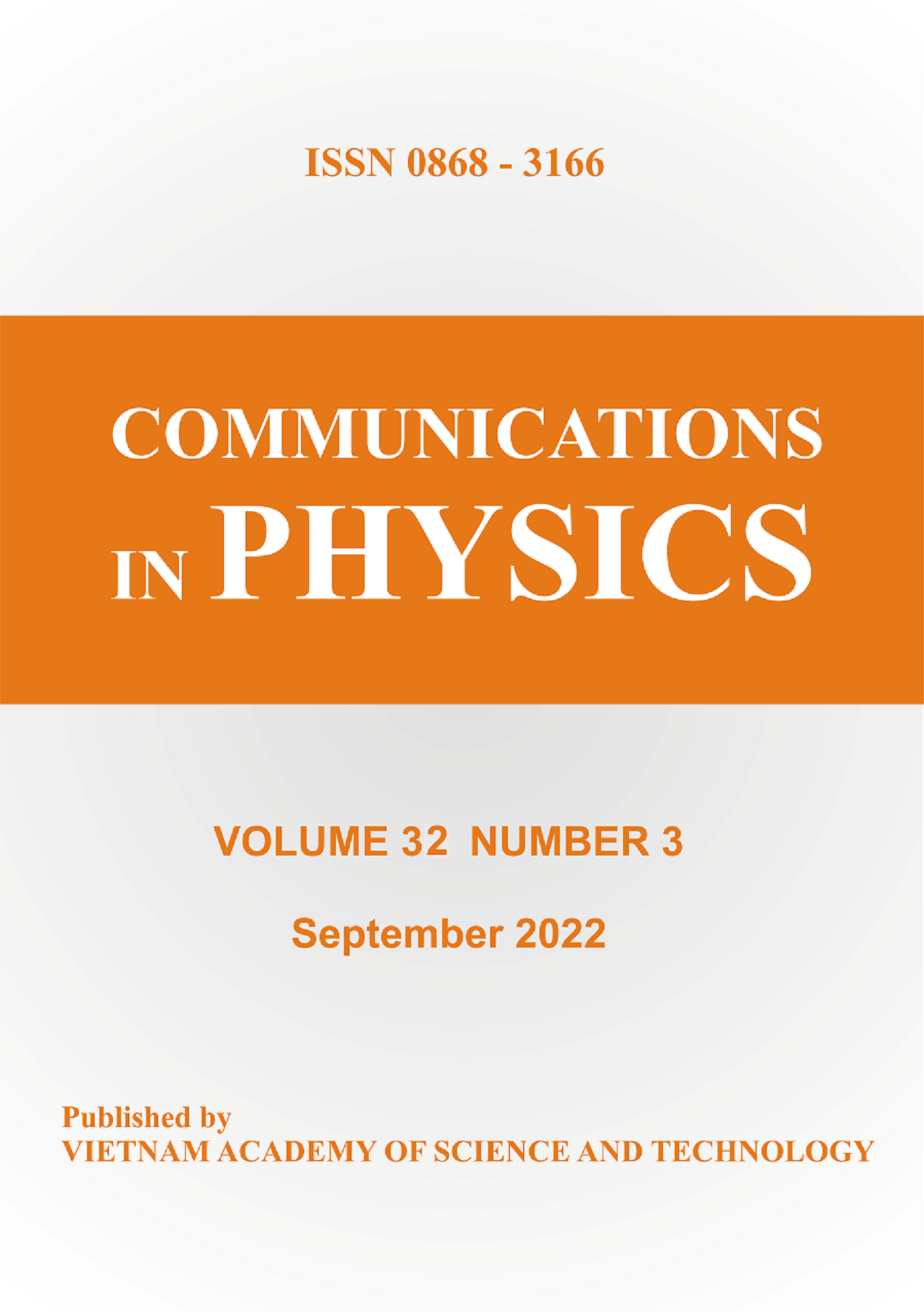Study of Mos Structures Using Nuclear Analytical Methods
Author affiliations
DOI:
https://doi.org/10.15625/0868-3166/27/4/10825Abstract
The atomic concentrations and depth distribution of elements in MOS (metal oxide semiconductor) structures have been investigated using two nuclear analytical methods: Rutherford Backscattering Spectrometry (RBS) and Elastic Recoil Detection (ERD). The elements with atomic masses in range from hydrogen up to copper were identified. Their depth profiles show that a MOS structure consists from metal (Al) layer, silicon oxide layer and a silicon substrate. The heavy elements Cu, Ti were found at near-surface area of one sample with low concentrations. The transitional area between the silicon substrate and the oxide layer as well as between the metal and oxide layers was noticed. The obtained results provide valuable information about MOS structures and concurrently demonstrate possibilities of both RBS and ERD methods in material analysis.Downloads
Download data is not yet available.
Metrics
Metrics Loading ...
Downloads
Published
31-01-2018
How to Cite
[1]
T. V. Phuc, M. Kulik, A. P. Kobzev and L. H. Khiem, Study of Mos Structures Using Nuclear Analytical Methods, Comm. Phys. 27 (2018) 279. DOI: https://doi.org/10.15625/0868-3166/27/4/10825.
Issue
Section
Papers
License
Authors who publish with CIP agree with the following terms:- The manuscript is not under consideration for publication elsewhere. When a manuscript is accepted for publication, the author agrees to automatic transfer of the copyright to the editorial office.
- The manuscript should not be published elsewhere in any language without the consent of the copyright holders. Authors have the right to enter into separate, additional contractual arrangements for the non-exclusive distribution of the journal’s published version of their work (e.g., post it to an institutional repository or publish it in a book), with an acknowledgement of its initial publication in this journal.
- Authors are encouraged to post their work online (e.g., in institutional repositories or on their websites) prior to or during the submission process, as it can lead to productive exchanges or/and greater number of citation to the to-be-published work (See The Effect of Open Access).
Received 19-10-2017
Accepted 16-01-2018
Published 31-01-2018
Accepted 16-01-2018
Published 31-01-2018













